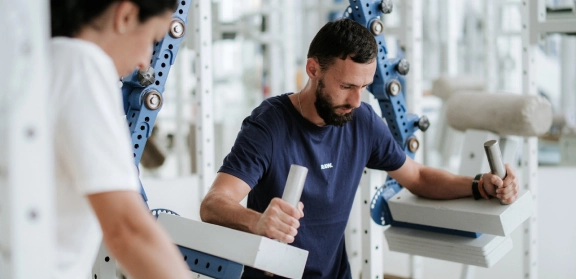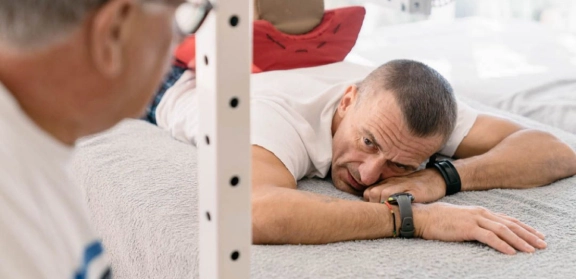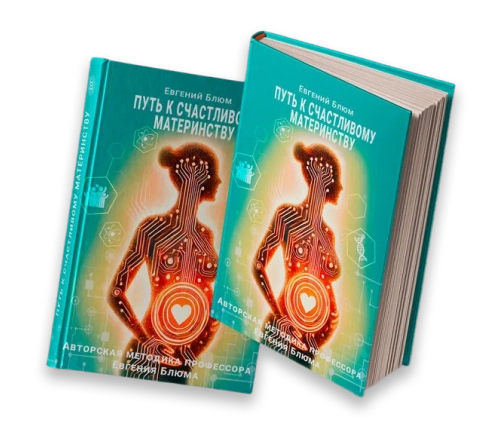Joint and bone injuries
Why rehabilitation is important
Rehabilitation after joint injury is essential for restoring joint function, alleviating pain, preventing complications and consequences of the injury, and reducing the chance of recurrence.
Proprietary method
Professor Blum's proprietary rehabilitation strategy is based on the principles of integrative medicine, combining biology, mechanics, and physics. This method restores tissue architecture and joint geometry, optimises blood supply, innervation, and synovial fluid production, thus fully restoring the joint and limb function to their original state, allowing a return to an active life without limitations.
The Centre uses unique rehabilitation modular exercise machines that selectively and gradually impact injured joints and tissues, avoiding overload. A comprehensive individual program is developed for each patient, implemented under the direct supervision of Professor Blum.
Types of injuries we work with
At the Centre, we provide rehabilitation and restorative treatment for the following six groups of conditions:
- Complex, intra-articular, combined fractures
- Joint dislocations with nerve damage, recurrent dislocations
- Joint contusions with damage to the joint capsule
- Postoperative joint recovery
- Recovery after joint replacement (endoprosthesis)
- Trauma complications - scars, tissue overgrowth, non-healing bone fractures
The goal of the restorative treatment is the fundamental restoration of all limb functions, complete body recovery, elimination of injury consequences, including psychological ones, as well as secondary complications from surgery and immobilisation.
To determine the strategy and tactics and objectively plan the expected results, we assess the volume of injured tissues, severity, duration, and depth of the injury, consequences of the performed surgery, duration of immobilisation, condition of adjacent organs and tissues. As well as overall health status before the injury, and overall energy resource - age, chronic diseases, previous injuries and surgeries, and medication treatment.
-
Maximum restoration of joint mobility and full range of motion
-
Improvement of muscle strength, coordination, and balance
-
Restoration of deep sensitivity
-
Elimination of trauma complications - adhesions, contractures, deformities
-
Achieving complete restoration of body geometry and symmetry
Objectives of the program
-
Restore tissue architectureRestore tissue architecture, integrity, joint geometry, and alignment of the joint and periarticular tissues.
-
Eliminate deformitiesEliminate deformities, displacements, asymmetries, postoperative adhesions, and scars, and restore normal blood flow and lymphatic drainage.
-
Restore muscle volumeStrengthen weak, injured muscles and tendons, restore muscle volume, and return strength, range of motion, and muscle-joint balance to their original level.
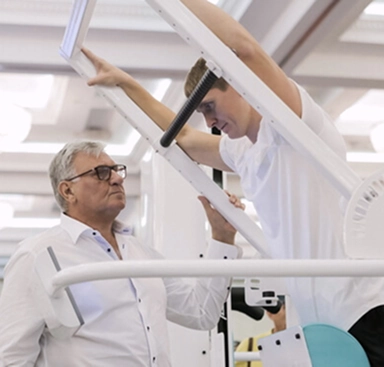
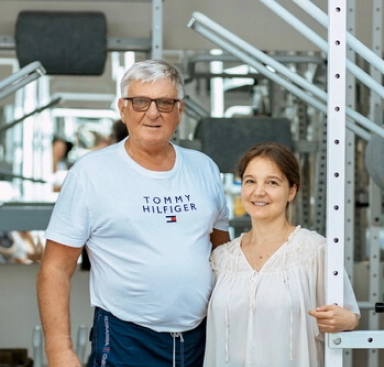
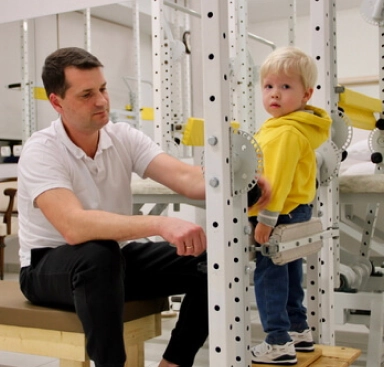
Patient stories
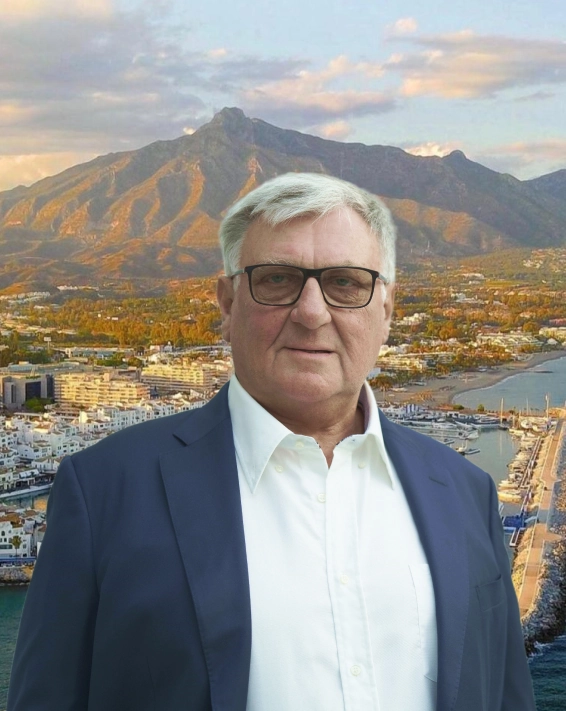
Professor Blum’s Exclusive Rehabilitation System

For Your Convenience, the Sierra Blanca Resort Spa Hotel is Open on the Center’s Premises. The hotel is nestled in a cedar park at the foot of La Concha Mountain, offering stunning views of the sea, Gibraltar, and the African coast from its terrace.

Sierra Blanca Resort Spa Includes:
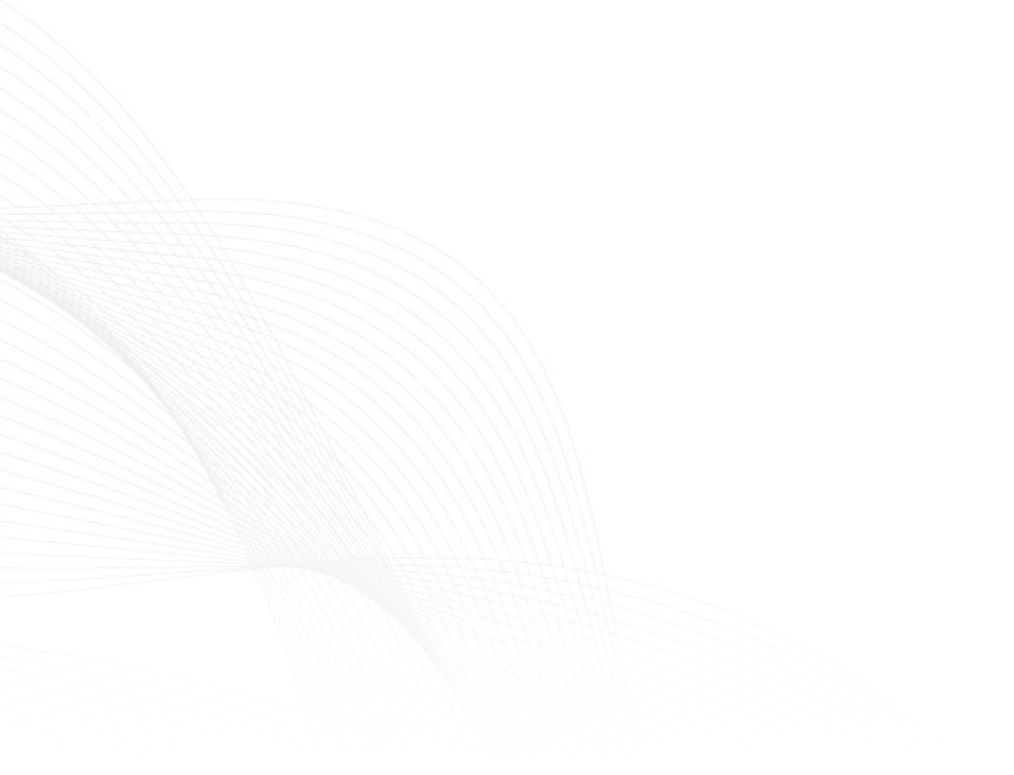
Select a program
- Recovery from joint contusions
- Treatment of dislocations, subluxations, and joint deformities
- Rehabilitation after intra-articular fractures
- Treatment of complex joint injuries
- Postoperative joint recovery
- Treatment of children after birth-related hip joint injuries
Q&A
We provide individual rehabilitation for patients of all ages – from newborns and adolescents to adults and the elderly.
Yes, even after "ordinary" fractures, a rehabilitation course is necessary to restore the range of motion and eliminate the consequences of immobilisation and using a cane or crutches.
This depends on the complexity of the injury, previous treatments, and the initial state of the body. To get a detailed answer, schedule a free consultation with a Centre doctor.
The cost of rehabilitation is 600 euros per day without accommodation, from 719 euros per day with accommodation in a standard double room at the hotel on the Centre’s premises. The exact duration and cost of the treatment course are determined after consultation with the doctor.
The post-traumatic rehabilitation process is divided into several stages:
- Specialist consultation.
Online consultation with a rehabilitation therapist: review of medical history, complaints, treatment results, determination of the duration and cost of the treatment course. If necessary, a plan for additional examination is developed. -
Determination of the rehabilitation plan.
Consultation with Professor Blum and a rehabilitation therapist.
Examination, biomechanical testing, diagnosis according to the proprietary system, determination of problems and their priority, development of an individual comprehensive rehabilitation program. -
Attendance at sessions.
In accordance with the developed program, the patient attends sessions at the Centre. The rehabilitation therapist evaluates the progress and adjusts the program. -
Finishing the treatment course.
Receiving recommendations and a set of exercises to do at home.
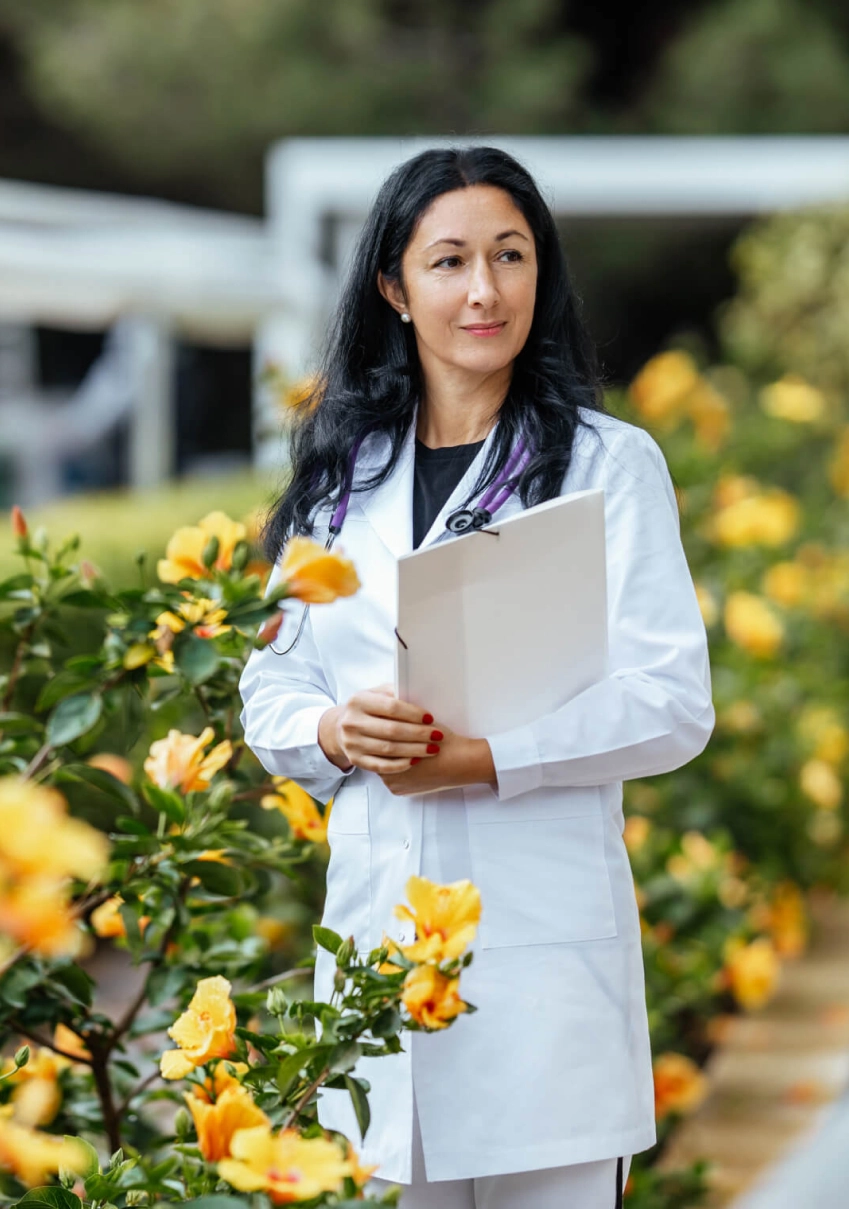
The cost of a course of treatment with a stay in a hotel
- Appointments and consultations
- Creating an individual program
- Conducting personal sessions
- Appointments and consultations
- Creating an individual program
- Conducting personal sessions
Other areas of work of our Center
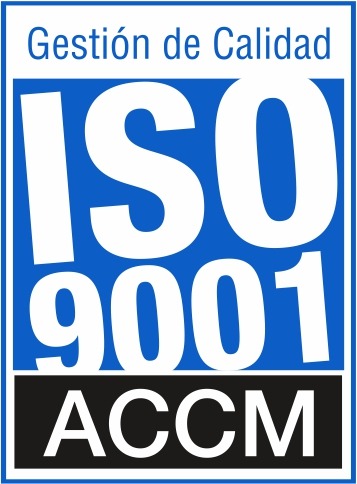






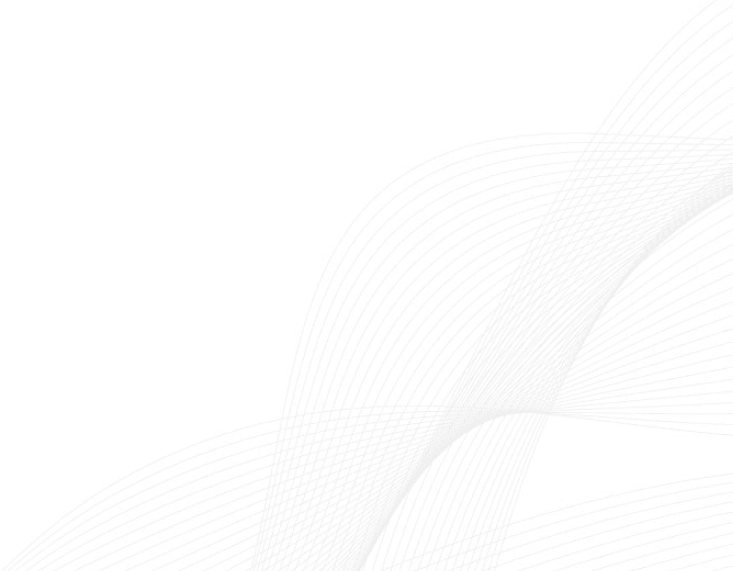
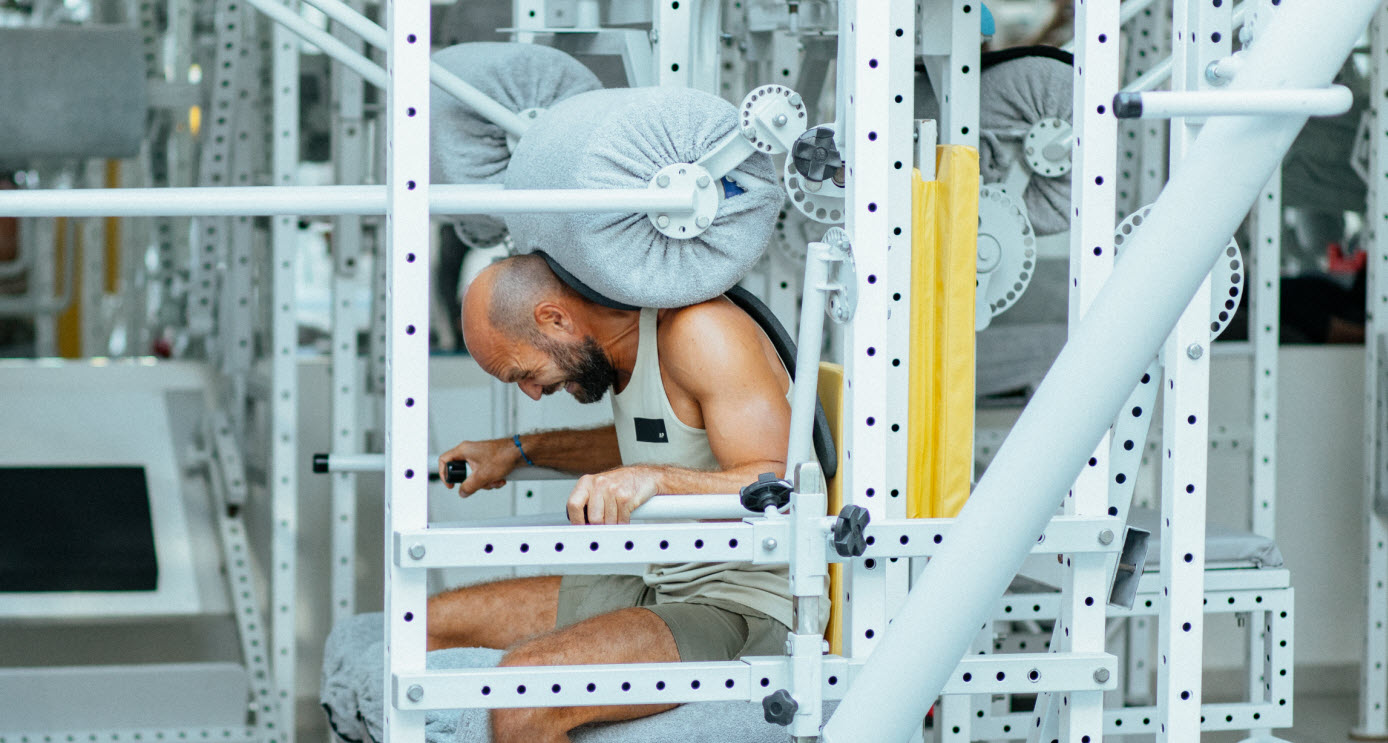



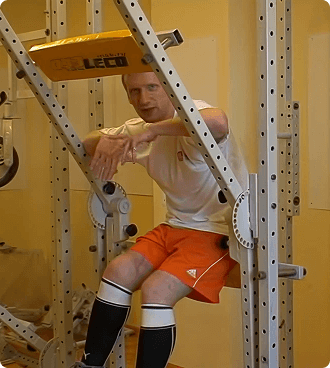
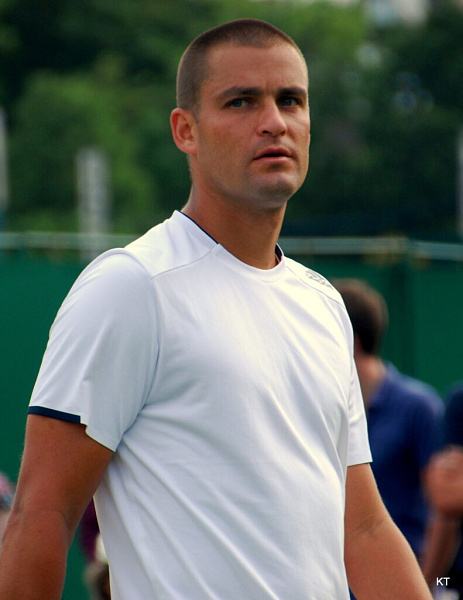












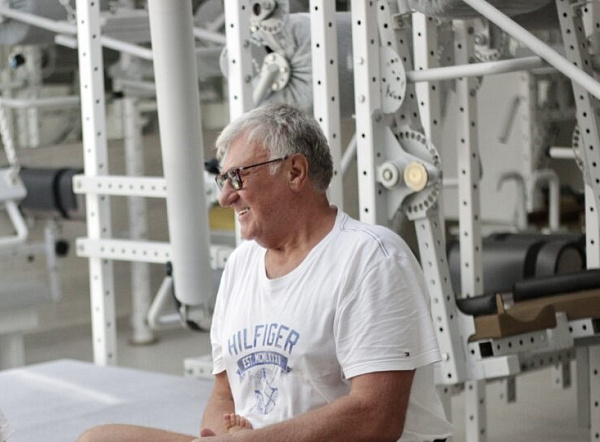


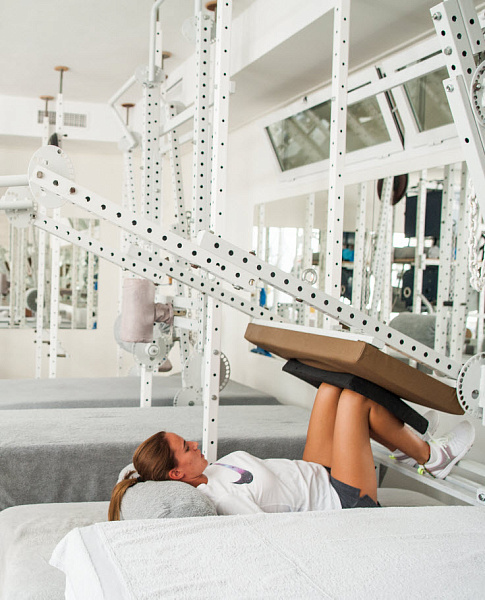




.webp)
